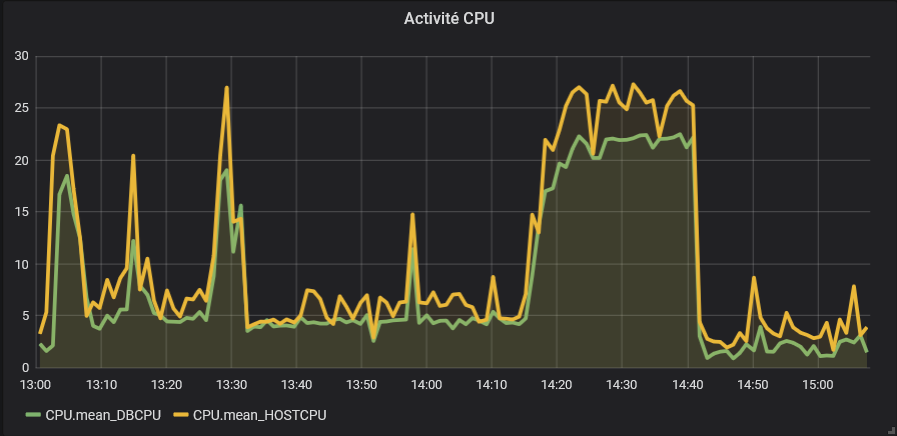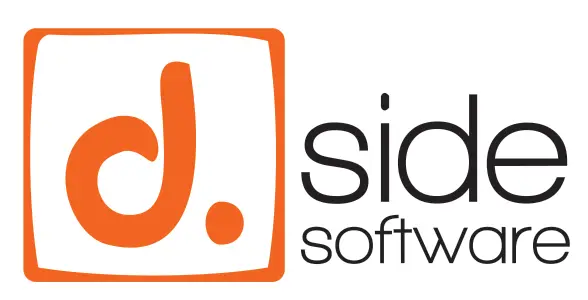Introduction
The data collected by the Replay capture job via the DSIDE_REPLAY.GATHER procedure is typically used by D.SIDE Interactive Replay. It is also easy to transfer this data using the provided export/import tools. Now, you can even use this data without going through the Replay interface. The DSIDE_REPLAY_API PL/SQL package provides functions that allow you to extract the collected data from the Replay schema. Most of these functions return a list of (SNAPSHOT, VALUE), which can easily be leveraged directly in SQL or by third-party analysis tools.

Installation
To access the API, simply create the DSIDE_REPLAY_API package using the provided script, dsreplay_api.sql, which can be requested from our support team.
SQL> @dsreplay_api.sql Package dropped. Type dropped. Type dropped. Type created. Type created. Package created. Package body created. SQL>
Data Extraction Using the API
Using the API vian SQL Queries
Once the DSIDE_REPLAY_API package is created, you have access to many functions that allow you to explore the collected data. Here are three usage examples:
CPU peak reached on the machine over the last 3 days:
SELECT MAX(VALUE) FROM TABLE(DSIDE_REPLAY_API.GET_HOST_CPU) WHERE SNAP_DATE>SYSDATE-3;
Number of queries executed per hour over the last 24 hours:
SELECT to_char(snap_date, 'YYYYMMDDHH24'), sum(VALUE) FROM TABLE(DSIDE_REPLAY_API.GET_EXECUTE_COUNT) WHERE SNAP_DATE>SYSDATE-1 GROUP BY to_char(snap_date, 'YYYYMMDDHH24') ORDER BY to_char(snap_date, 'YYYYMMDDHH24');
“TOP 10” most resource-intensive queries over the last 7 days:
column minsnap new_value beginsnap; SELECT MIN(SNAP_ID) minsnap FROM TABLE(DSIDE_REPLAY_API.GET_SNAPS_LIST) WHERE SNAP_DATE>SYSDATE-7; SELECT * FROM TABLE(DSIDE_REPLAY_API.GET_PERIOD_QUERIES(limit=>10, begin_snap=>&beginsnap));
Integration with Third-Party Tools
As we’ve seen, extracting the collected data vian SQL is very straightforward. It is also possible to feed the results of these extractions into third-party tools. For example, you can inject the collected data into a database designed for Grafana, allowing you to create charts using your usual tools.

REST Services
Finally, in the same way, it is possible to interface the D.SIDE API with a REST architecture. For example, Oracle offers ORDS (Oracle REST Data Services):https://docs.oracle.com/en/database/oracle/oracle-rest-data-services/index.html
Note:Using the D.SIDE API requires a minimum version of Oracle. The Replay collection schema must be created on an Oracle 11g or higher database. It is therefore not compatible with Oracle 10g.
